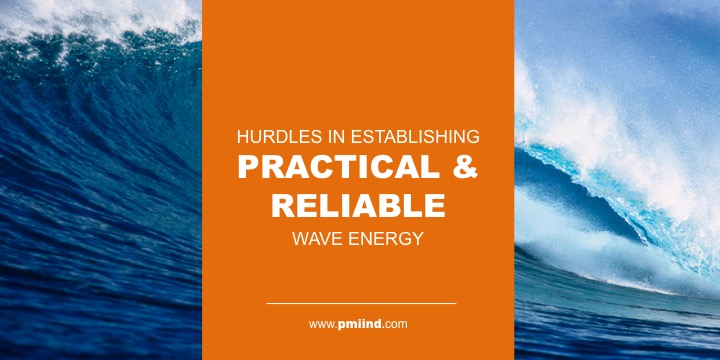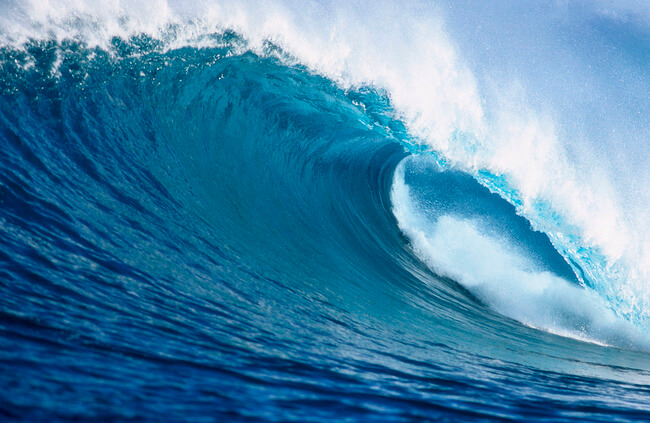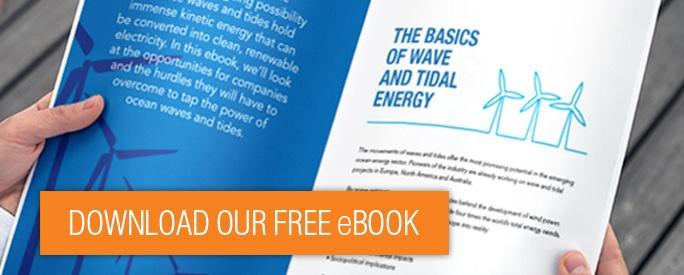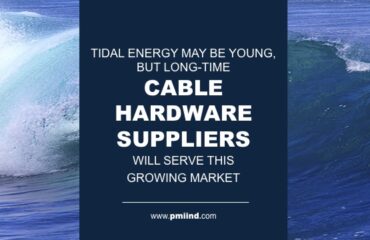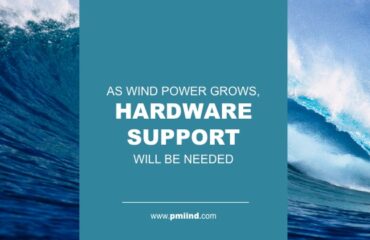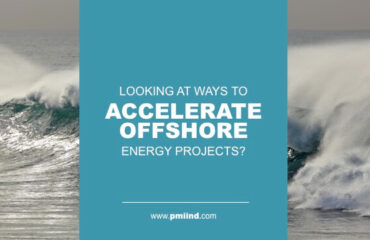Wave power looks like a no-brainer at first glance. After all, oceans cover more than 70 percent of our planet’s surface, and waves lap up on the shores of all seven continents.
Just build machines to convert those waves into electricity and we’re all set, right?
Alas, wave energy challenges can be as deep as the ocean itself.
Physical Location
The biggest waves produce the most power, but these big waves happen in a relatively small number of locations around the world.
Temperate latitudes generally produce stronger winds and bigger waves, and prevailing winds produce the biggest waves along west-facing shorelines. That makes places like the northwest coast of America, Alaska, and Scotland premiere locations for wave power.
By contrast, the large population centers along the east coast of the U.S. get much smaller waves, so they are much less practical. These kinds of issues will bedevil the development of wave energy around the world. If the waves aren’t big enough, it probably won’t happen.
Ocean Turbulence
Oceans move in all three dimensions: up and down, side to side, forward and back — sometimes simultaneously.
Devices that capture the energy of moving waves have to account for both the frequency and the amplitude of all these directional moves, which change constantly depending on the weather.
With computers, sensors and other technology becoming more sophisticated by the day, it’s reasonable to assume inventors will eventually come up with a device model that does the best job of coping with these complexities. But given that wave energy development is estimated to be lagging wind and solar by up to three decades, it may still take awhile to determine which wave energy devices are most effective in the most locations.
Biofouling and Environmental Unknowns
Every wave energy device we put in the ocean will start attracting species that will attach themselves to it. Wave-capturing devices must have some moving parts exposed to the flora and fauna of seawater.
All those organisms will drive up maintenance and repair costs, which are already high because of the remote nature of ocean-power devices.
And we also have to ask: Will wave-energy devices hurt local fish and aquatic mammal species? And will this damage invite the arrival of invasive species that disrupt the entire ecosystem?
Furthermore, wave-power generation will require device farms that can affect broad swaths of seashore. Effective wave energy must address these issues.
Politics, Economics and Culture
Wave energy will compete for influence with industries like tourism, real estate, fisheries, shipping and any other sea-borne commerce.
Developers whose devices pass muster in the business world will still have to face a thicket of environmental regulations that can delay project deployments for years.
Wave energy is such a small blip on the global power map that few people even know that it exists. Raising public awareness and lobbying support for the technology will have to be part of any drive to develop the technology.
Lack of Advanced Research
A few bold pioneers are testing out a range of wave-power devices, but these companies lack the resources to do the fundamental research needed to sort out all the challenges mentioned above.
When larger global corporations put their ample R&D muscle to work on wave power, we may finally see more rapid progress on the technology.
Getting Real on Wave Energy
At PMI, we’re poised to provide cable accessories that will enable the development of all ocean-energy technologies, including offshore wind and wave/tidal technologies.
We have no illusions to the challenges of developing workable, effective wave energy. It could be years or even decades before wave energy enters the mainstream. But we also remember it wasn’t so long ago that wind and solar were fringe technologies.
Until global temperatures start to level off or decline, we’ll always have an incentive to develop clean energy sources. That incentive should encourage the evolution of wave power.

